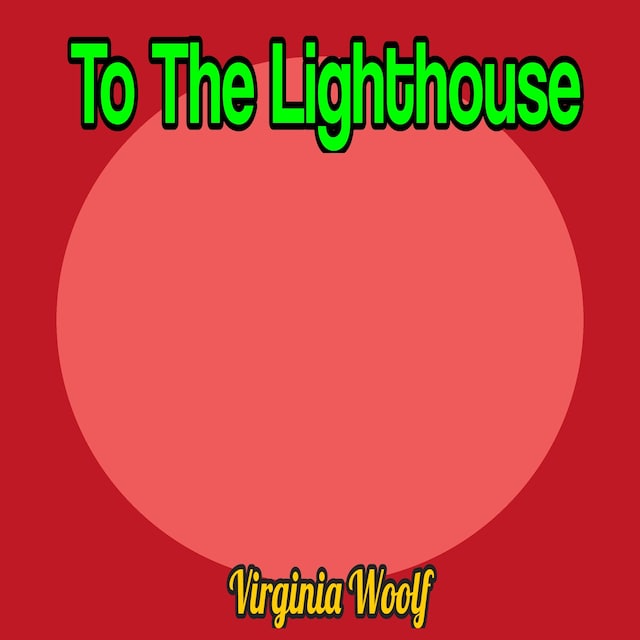
To The Lighthouse
Description of book
To The Lighthouse by Virginia Woolf - is a 1927 novel by Virginia Woolf. The novel centres on the Ramsay family and their visits to the Isle of Skye in Scotland between 1910 and 1920.
Following and extending the tradition of modernist novelists like Marcel Proust and James Joyce, the plot of To the Lighthouse is secondary to its philosophical introspection. Cited as a key example of the literary technique of multiple focalization, the novel includes little dialogue and almost no direct action; most of it is written as thoughts and observations. To the Lighthouse is made up of three powerfully charged visions into the life of the Ramsay family, living in a summer house off the rocky coast of Scotland. There's maternal Mrs. Ramsay, the highbrow Mr. Ramsay, their eight children, and assorted holiday guests.
Plot summary
The novel is set in the Ramsays' summer home in the Hebrides, on the Isle of Skye. The section begins with Mrs. Ramsay assuring her son James that they should be able to visit the lighthouse on the next day. This prediction is denied by Mr. Ramsay, who voices his certainty that the weather will not be clear. This opinion forces a certain tension between Mr. and Mrs. Ramsay, and also between Mr. Ramsay and James. This particular incident is referred to on various occasions throughout the section, especially in the context of Mr. and Mrs. Ramsay's relationship.
The Ramsays and their eight children are joined at the house by a number of friends and colleagues. One of these friends, Lily Briscoe, begins the novel as a young, uncertain painter attempting a portrait of Mrs. Ramsay and James. Briscoe finds herself plagued by doubts throughout the novel, doubts largely fed by the claims of Charles Tansley, another guest, who asserts that women can neither paint nor write. Tansley himself is an admirer of Mr. Ramsay, a philosophy professor, and Ramsay's academic treatises.
The section closes with a large dinner party. When Augustus Carmichael, a visiting poet, asks for a second serving of soup, Mr. Ramsay nearly snaps at him. Mrs. Ramsay is herself out of sorts when Paul Rayley and Minta Doyle, two acquaintances whom she has brought together in engagement, arrive late to dinner, as Minta has lost her grandmother's brooch on the beach.
The second section, ""Time passes"", gives a sense of time passing, absence, and death. Ten years pass, during which the First World War begins and ends. Mrs. Ramsay dies, as do two of her children – Prue dies from complications of childbirth, and Andrew is killed in the war. Mr. Ramsay is left adrift without his wife to praise and comfort him during his bouts of fear and anguish regarding the longevity of his philosophical work. This section is told from an omniscient point of view and occasionally from Mrs. McNab's point of view. Mrs. McNab worked in the Ramsay's house since the beginning, and thus provides a clear view of how things have changed in the time the summer house has been unoccupied.


